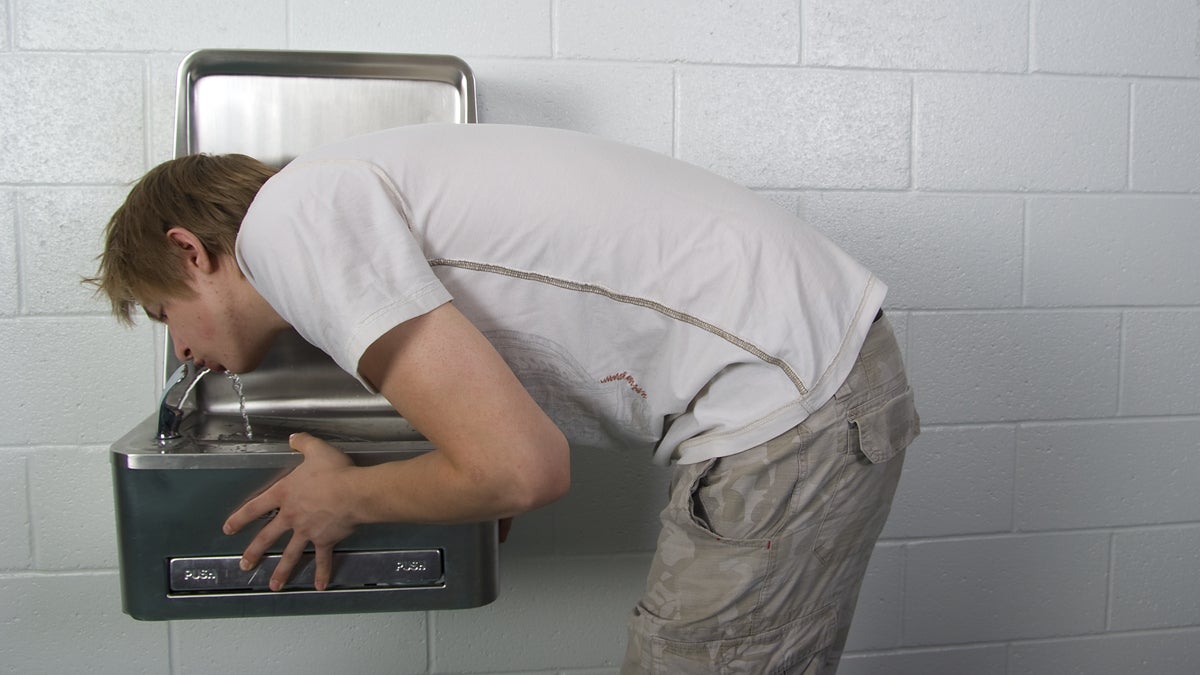Rise in kidney stones among teens encourages effort to increase water access in Philadelphia schools

(Photo via ShutterStock)
New research from the Children’s Hospital of Philadelphia has found kidney stones are increasingly common in young people.
According to work published in the Clinical Journal of the American Society of Nephrology that studied young people in South Carolina, there’s been a 16 percent climb in the number of people diagnosed with stones between 1997 and 2012, or about 1 percent per year.
“But when we look at specific groups, for example, adolescents, the risk increased by about 5 percent per year,” said CHOP pediatric urologist Gregory Tasain. “So it’s a dramatically high rate.”
Women and African Americans are also experiencing stones more frequently than in previous decades, although the painful deposits are still more likely in middle-aged white men.
“If kidney stones are starting at a younger age, I worry about these children as they grow into adulthood,” said Tasian, who said he has observed the uptick in his own practice. Kidney stones are associated with an increased risk of high blood pressure, coronary disease, and kidney failure.
It’s not clear what’s driving the increase, but adequate water intake can help. Tasian said when he asks his young patients about water access at school, he often hears them say, “‘Yeah, there’s a water fountain in school but it’s disgusting.'”
Now, Tasian is inspired to find out the best way to get children at school to drink more water — and see if it works to prevent stones.
Increasing water intake is a project the Philadelphia School District, several city departments, and non-profits have already embraced. The district was the first to ban the sale of soda in schools and even before that made sure to offer water as an option in vending machines. Along with the possibility of reducing kidney stones, research suggests readily available water in schools can cut down on obesity in children.
Fernando Gallard, a spokesman for the district, said the schools spent a decade verifying that every fountain in operation is safe to drink from, but acknowledged there might be a perception problem among students. The district is now in the process of brainstorming ways to get kids to use the fountains, Gallard said, or come up with more attractive alternatives.
Dwayne Wharton of the Food Trust said when groups of kids met this fall to discuss improvements to their schools, water fountains came up.
“Ideally we want to get something that’s cool and modern that has chilled water that’s aesthetically pleasing,” he said. “We think that in itself will help drive people to drink more water in schools.”
So-called “hydration stations” or “water jets” are one popular option, which offer a fountain-style spout and a bottle-filling spigot.
WHYY is your source for fact-based, in-depth journalism and information. As a nonprofit organization, we rely on financial support from readers like you. Please give today.

